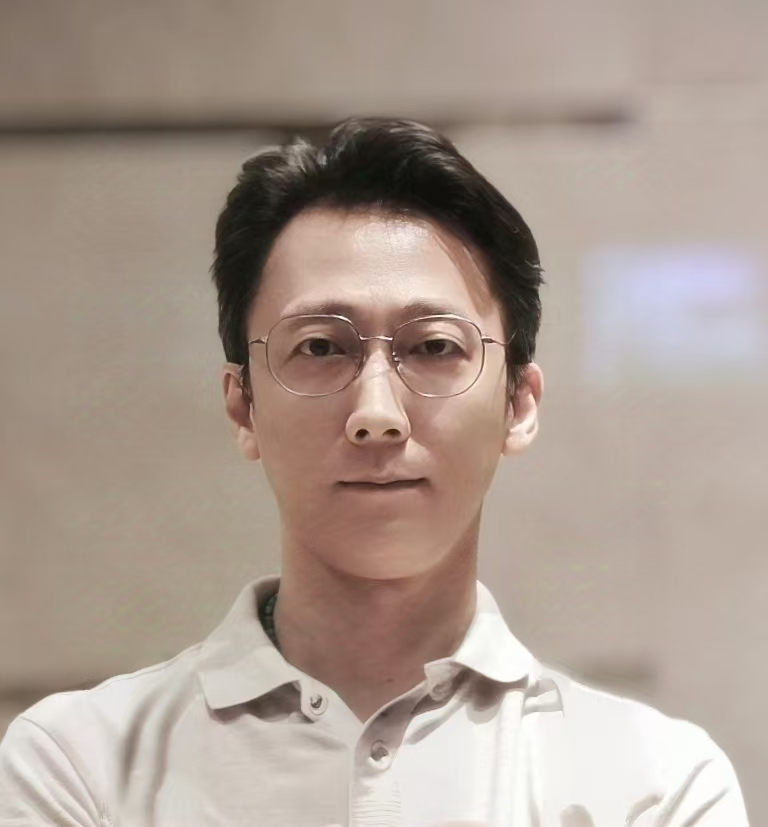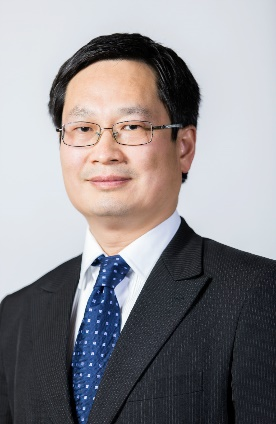Xianfeng Chen
Professor, Chair of Therapeutic Engineering
University of Edinburgh
Dr Xianfeng Chen is currently a Professor (Chair of Therapeutic Engineering) at the Institute for Bioengineering, and serves as the Director of Industry Engagement at the School of Engineering, University of Edinburgh. He received his MSc from the Department of Chemistry at the National University of Singapore in 2002, and DPhil from the Department of Materials at the University of Oxford in 2007. Dr Chen’s research is at the forefront of biomaterials and biomedical engineering. Dr Chen has published over 130 papers in international journals, with the majority in field top journals such as Nature Communications, Advanced Materials, Advanced Drug Delivery Reviews, and Chemical Society Reviews. These works have accumulated over 9000 citations (h-index of 58). Additionally, he has authored three book chapters and holds 12 granted patents in drug delivery technologies across major countries and regions, primarily in the USA. Since 2021, as a PI or Co-I, he has been involved in research grants totaling over £14 million from MRC, EPSRC, ESRC, and industry. These projects focus on drug delivery, DNA sequencing, and antibacterial applications, in collaboration with institutions such as UCL, Imperial College, University of Manchester, and Earlham Institute.




